If the Navy Really Decommissions 39 Ships in 2023, It’ll Only Help China
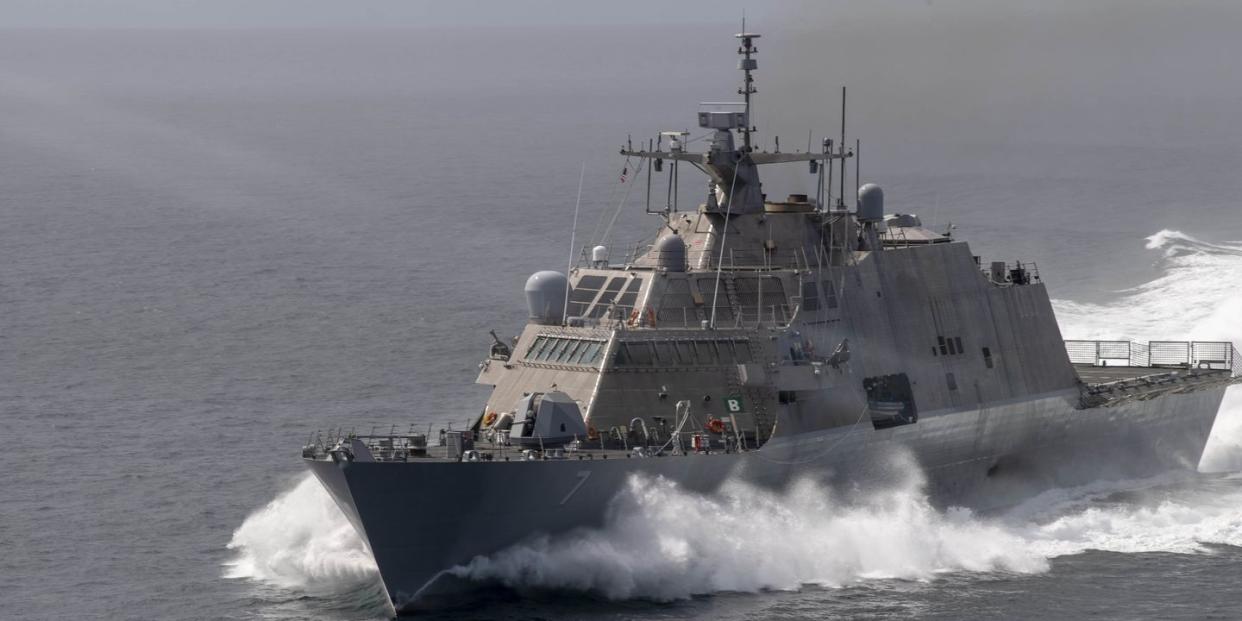
The Navy has submitted plans to decommission nearly three-dozen ships in 2023.
The loss in hulls comes just as the Navy reports it has reached a high of 300 ships.
One of the ships, USS St. Louis, cost $450 million and has been with the fleet for just two years.
The U.S. Navy plans to shed more than three-dozen ships in 2023. While some ships are too old, having served for nearly four decades, some are seemingly too young, having served for just three to five years of their projected 25-year lifespans. The service, which has pledged to increase the size of the fleet for years, will decommission a total of 39 ships next year, including 23 from the battle fleet roster.
Among the ships are two submarines, nine littoral combat ships, five cruisers, and six amphibious ships, according to U.S. Naval Institute News. The list also includes five small patrol boats, transport ships, and fuel and ammunition ships.
⚓️ Don’t miss any of our best-in-class military and defense news. Join our squad with Pop Mech Pro.
Twenty-three ships belong to Ship Battle Forces, a category that includes “warships capable of contributing to combat operations, or a United States Naval Ship that contributes directly to Navy war-fighting or support missions.” Ship Battle Forces is the critical figure that the Navy and others use as a benchmark to compare the fleet to foreign enemies, particularly China. The number of U.S. ships in this category went from 318 in 2000 to a post-Cold War low of 271 in 2015. Today, the number stands at 300.
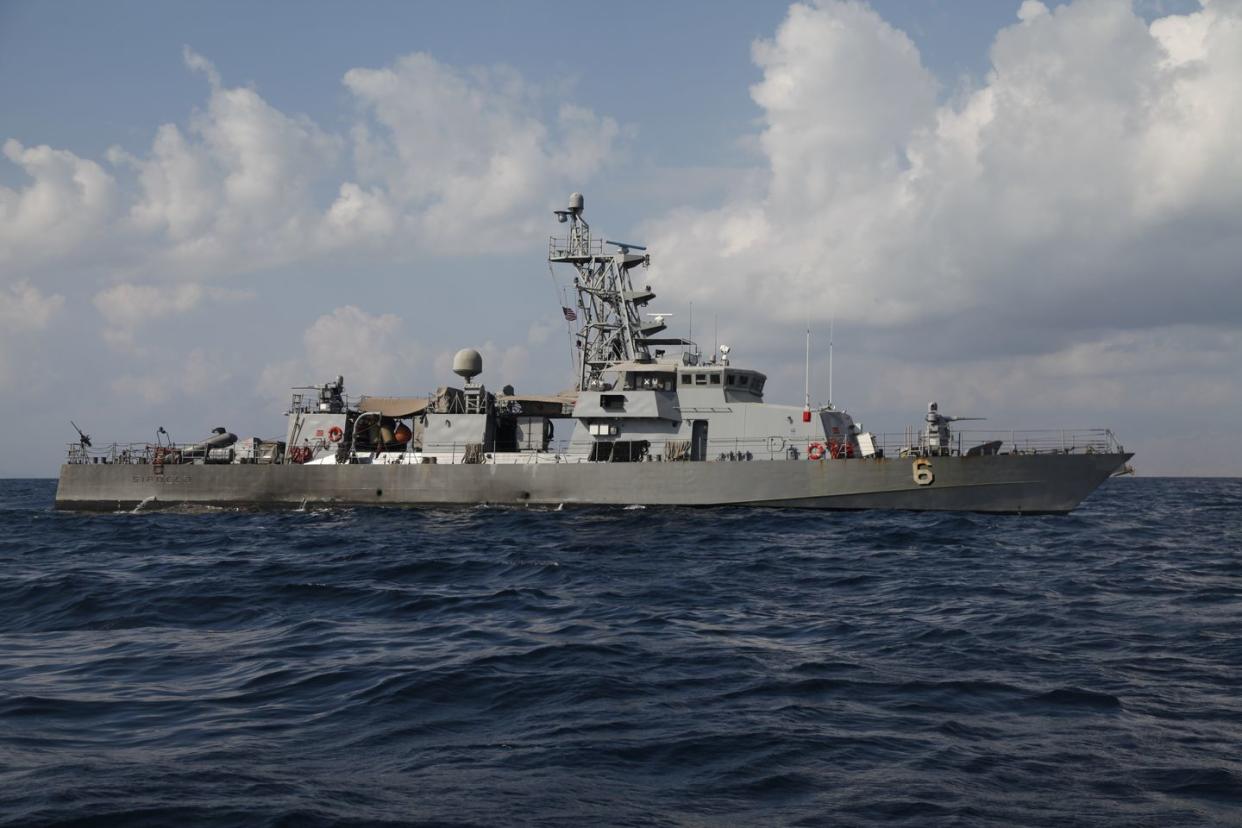
The Pentagon and Navy have repeatedly pledged to increase the size of Ship Battle Forces. Each time the number of ships grows, while the date of completion gets pushed back. In 2017, the Navy believed it could get to 355 ships by 2030. Earlier this year, the Navy said it could get to 373 crewed ships and 150 robo-warships, a total of 523 ships, by 2045. Although declaring shipbuilding a priority, the Pentagon and Navy have not allocated funding to support significant growth over the long term.
Losing 23 ships from Ship Battle Forces will send the number of hulls plummeting back to 2015 levels. More ships will be commissioned in 2023, but given recent trends, the Navy will only build only about one-third of the ships to make up for the planned loss. The Navy could end up taking one step forward and three steps back.
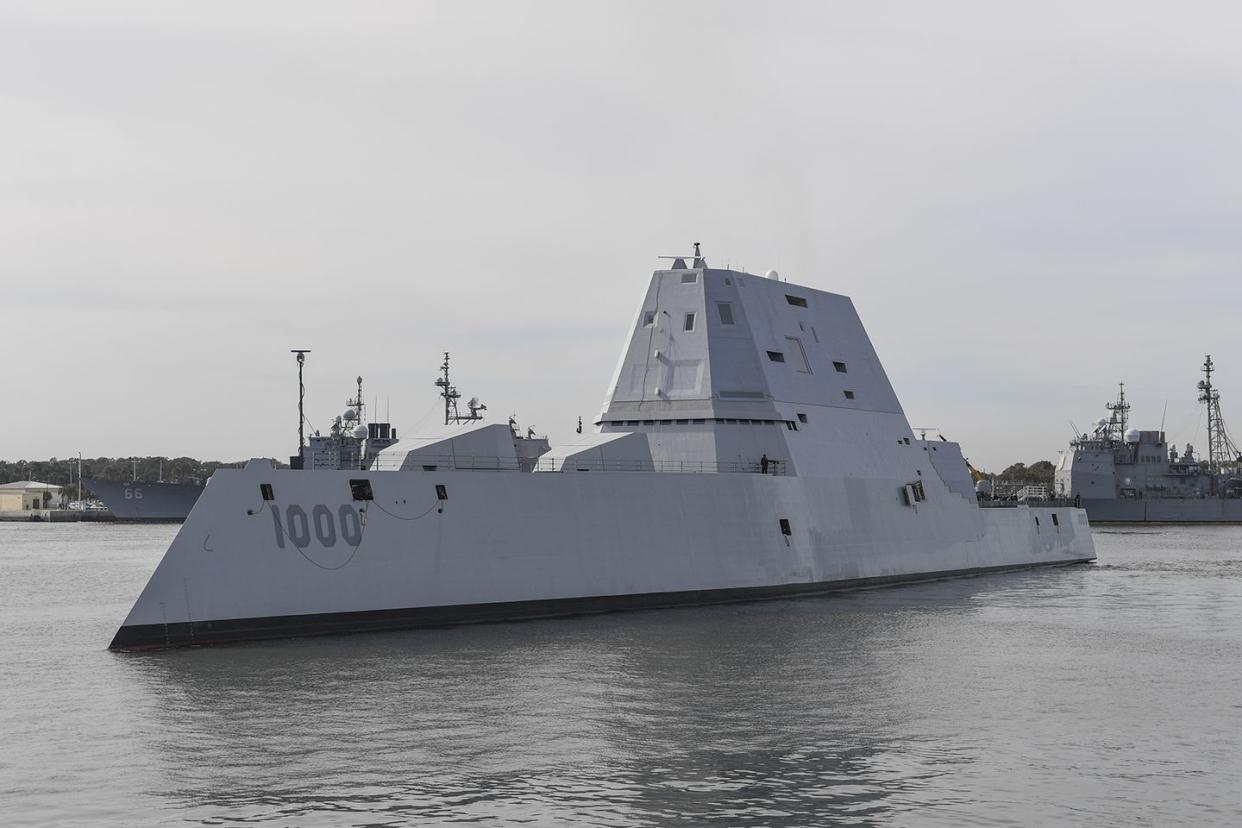
How did it come to this? After 9/11, the Navy struggled to remain relevant as America and its allies fought land wars in Iraq and Afghanistan. The Navy’s littoral combat ship and Zumwalt-class destroyers were meant to provide support to land forces. The Navy, lacking a major peer adversary, enjoyed sea superiority by default.
The rise of the Chinese navy, and to a lesser extent the Russian navy, challenged America’s dominance at sea. At the same time, mechanical problems with the frigate-sized littoral combat ships, as well as development problems, hobbled their use. The ships are also expensive to operate, costing $70 million a year, compared to $81 million for the far more capable Arleigh Burke-class destroyer. The Navy also tried and failed to develop a replacement for the Ticonderoga-class cruisers.
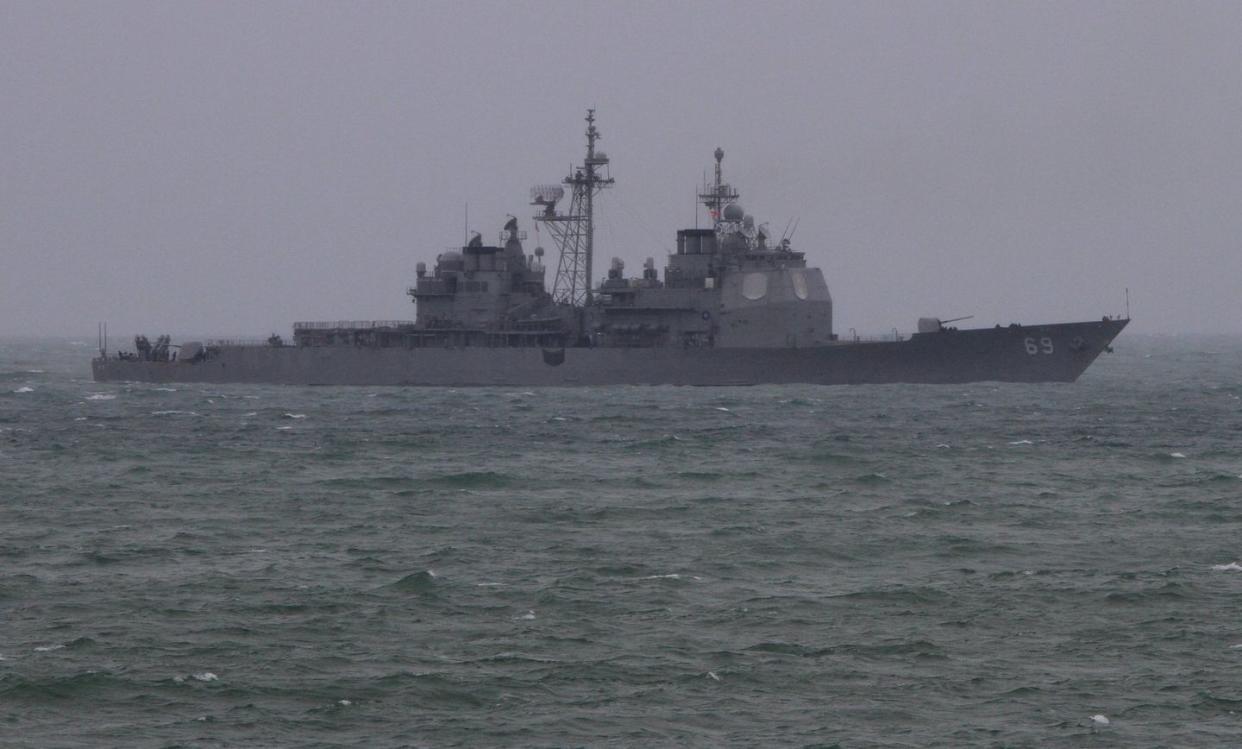
Now, the Navy wants to shelve the oldest of the Ticonderoga-class ships, arguing that they are worn out after more than three decades of use. The service wants to retire five Ticonderogas—the oldest commissioned in 1985 and the youngest in 1992. The Navy even wants to retire USS Vicksburg, on the cusp of finishing a $200 million upgrade, effectively throwing the money away. Together, the five ships have a total of 610 vertical launch silos capable of launching anti-air, anti-submarine, land attack, and anti-ship missiles—with not even a rough idea of when they might be replaced.
The Navy also wants to decommission almost all of the existing Freedom-class littoral combat ships. Each of the nine ships cost $500 million to build, for a total of about $4.5 billion in ships. The oldest of the ships, USS Fort Worth, is ten years old, while the youngest, USS St. Louis, is just over two years old. About five more littoral combat ships are in various stages of construction and fitting out, and it’s hard to see the Navy keeping those ships for any significant amount of time.
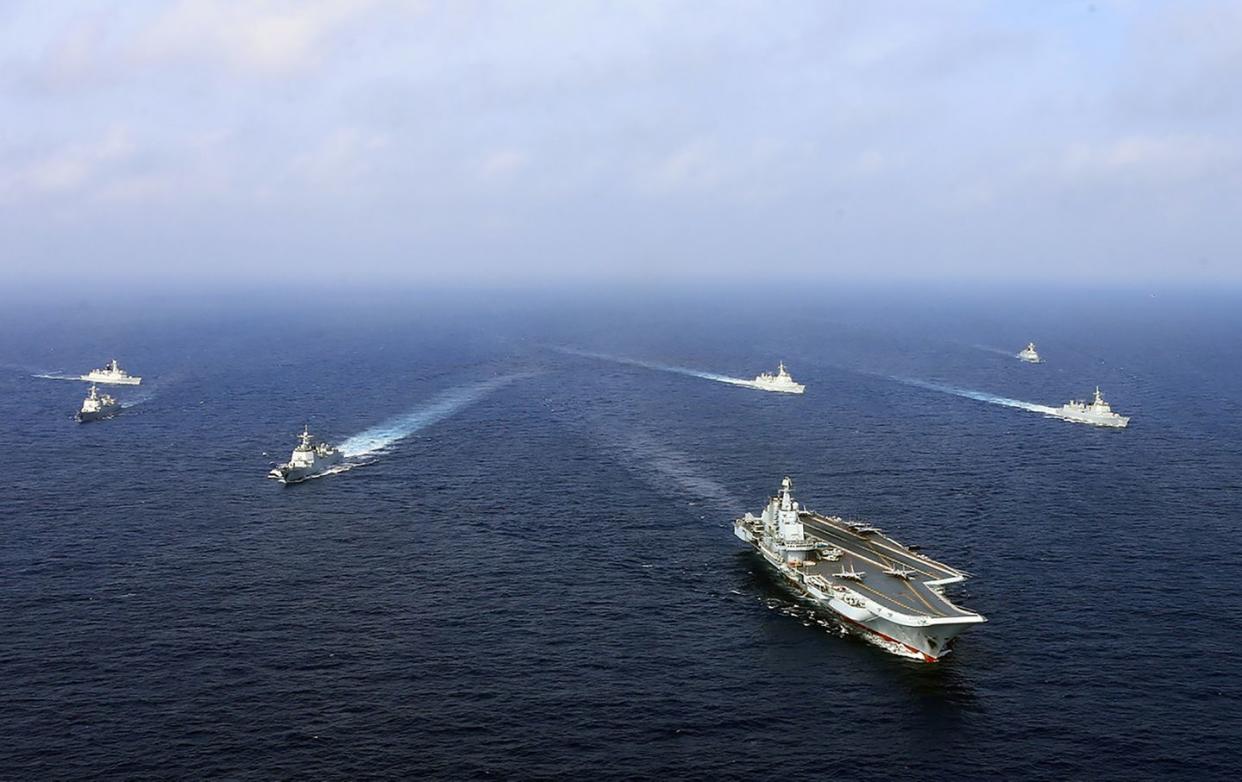
Congress and the Navy don’t see eye-to-eye on this. Congress wants the Navy to retain all of the Battle Force Ships scheduled for disposal, with the exception of two Los Angeles-class nuclear-powered attack submarines. While it’s easy to say the Navy should retain the ships, at closer glance, the age of the Ticonderogas and the sheer number of flaws and problems with the littoral combat ships means the fleet is probably better off without them. The real problem is, if the ships were decommissioned today, the Navy couldn’t make up for the loss of capability for another decade—even if it had the money.
Will the Navy grow the fleet to match China? Those in charge at the Department of Defense and Navy seem determined to make it happen, but also equally determined to fumble the job. Year after year, lofty goals and ambitious timelines are floated and then nothing ever comes to fruition. Only one navy in the Pacific is sticking to its goals: in 2021, the People’s Liberation Army Navy of China commissioned 32 ships.
You Might Also Like
